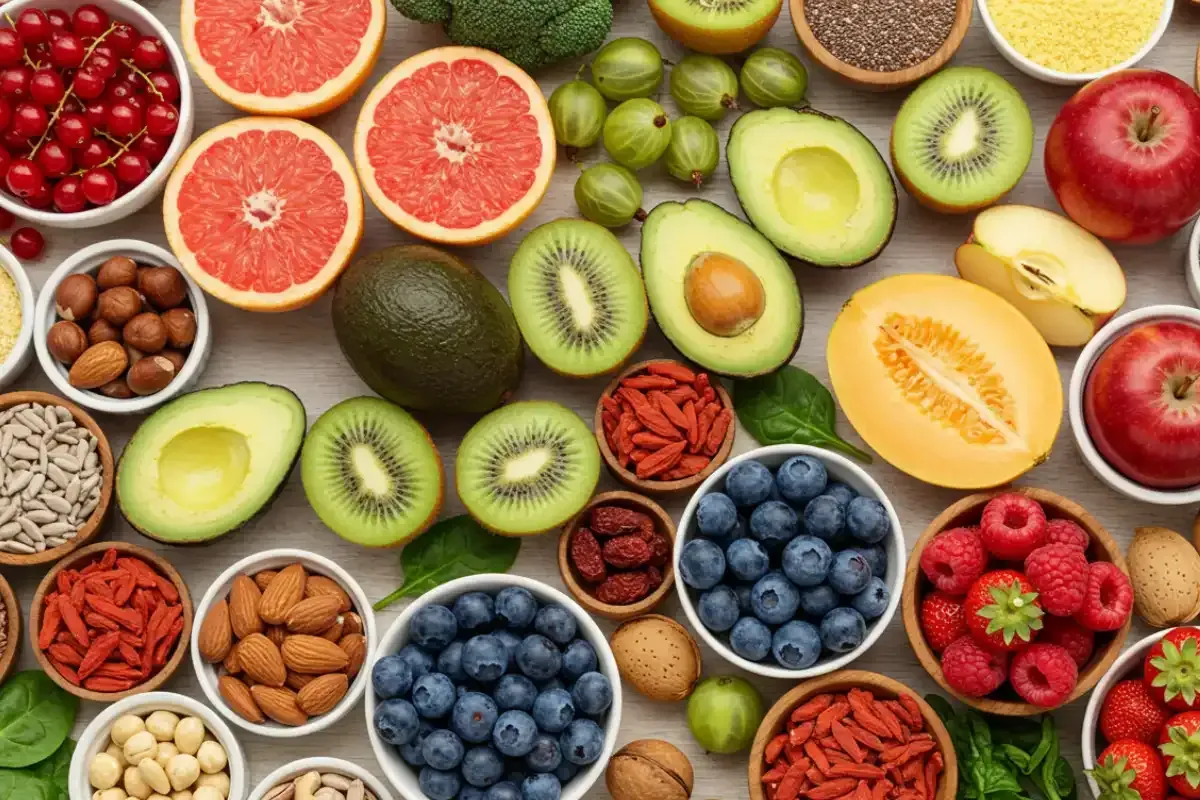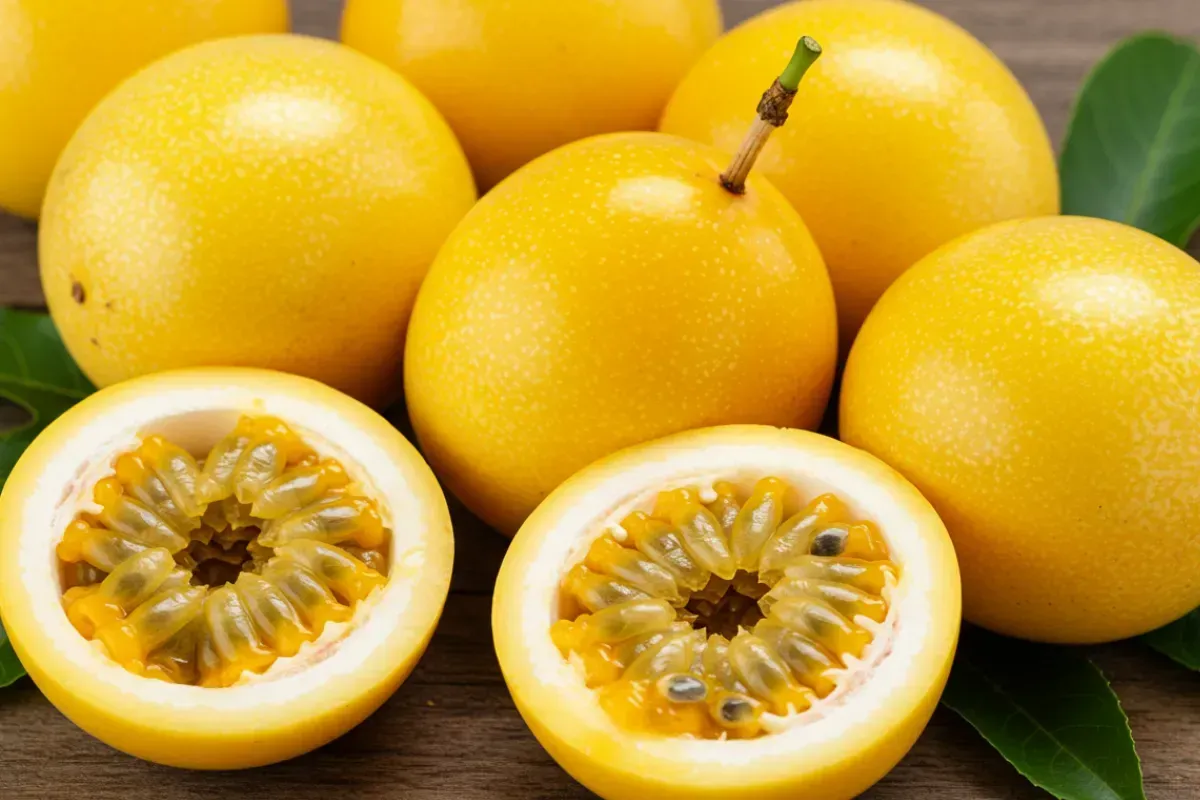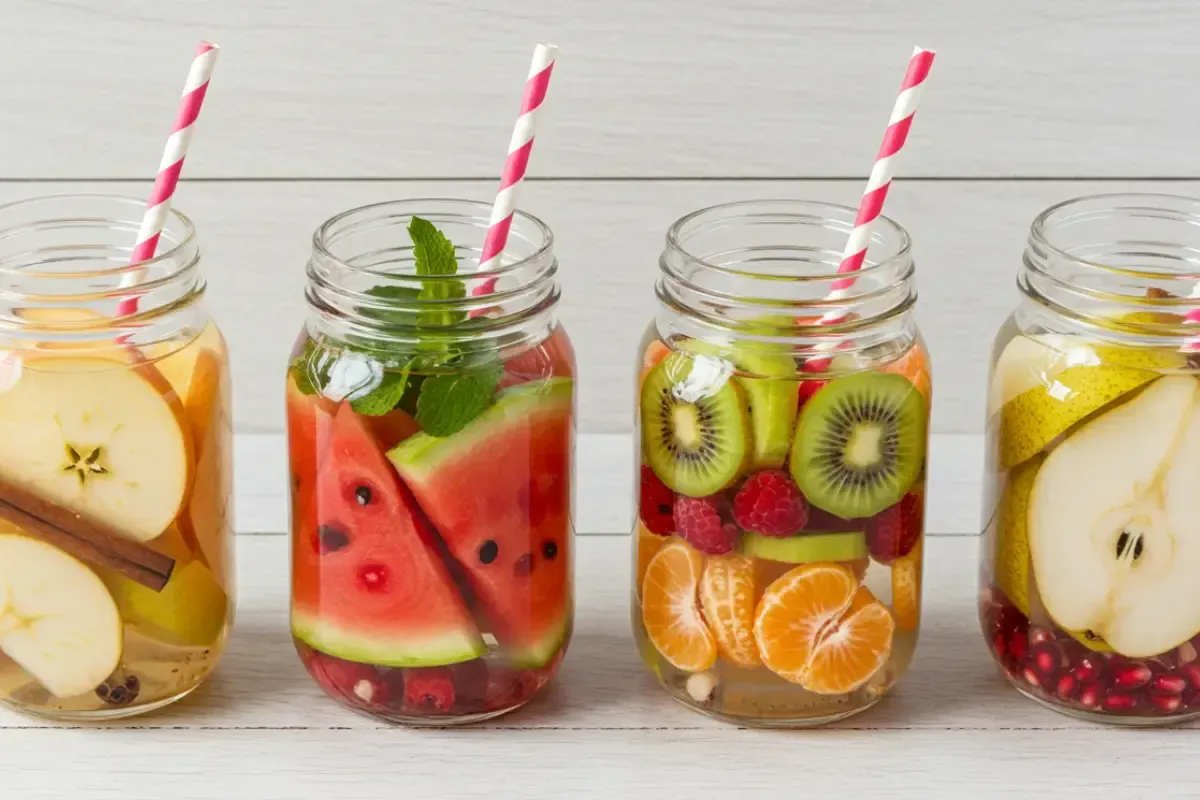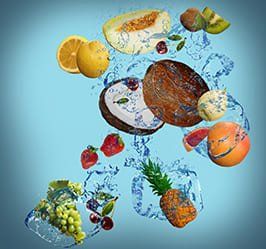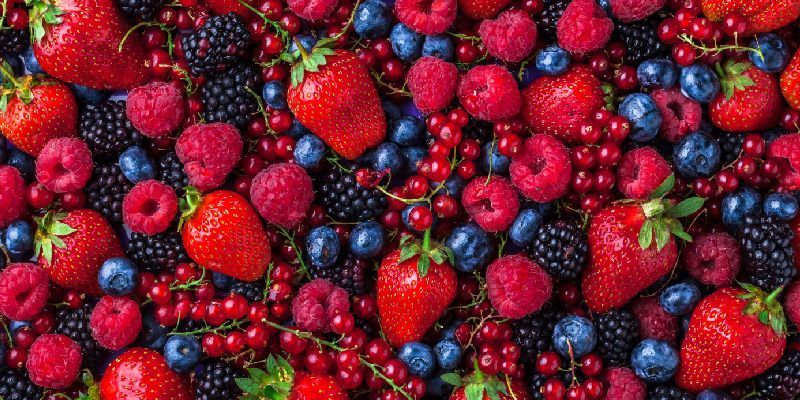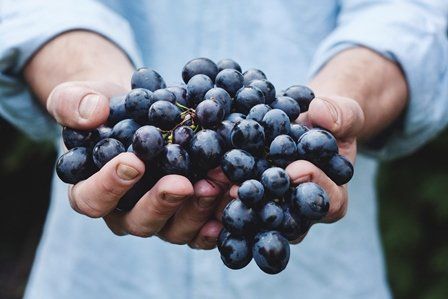Colombian fruits and their world class quality for the food industry
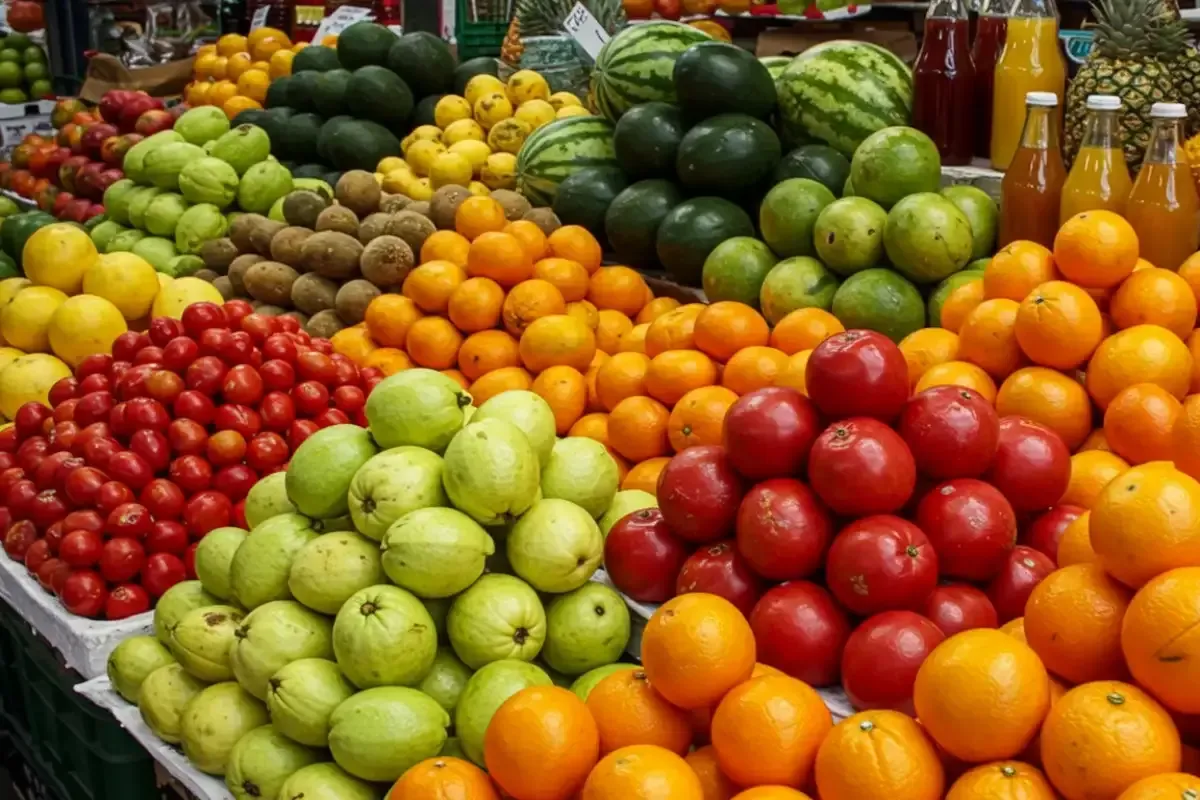
Colombia is one of the world’s biggest exporters of tropical and exotic fruits. These fruits are renowned for their rich and vibrant flavors, textures, and versatility. So, if you are interested in this topic, read on to discover all there is to know about Colombian fruits and their potential.
The ABCs of Colombian fruits
Colombia enjoys an astounding offer and variety of fruits year-round. Why is this? To sum it up, Colombia has privileged conditions deriving from its location and weather (Procolombia, n.d.):
- There are only a few other countries in the world with more rainfall levels than Colombia. Moreover, it shows one of the lowest water stress levels in the Latin America region.
- As a tropical country, Colombia has a favorable, consistent median temperature, and high solar radiation, which is a crucial factor for plant growth.
- Colombia’s altitudinal zonation gives way to a great variety of fruits. Furthermore, local soil tends to be highly fertile.
As a result, Colombian fruits are a plenty. Figures show the country is a top global exporter of exotic and tropical fruits, such as banana, avocado, lime, soursop, and guava. The list is long, but the biggest stars in the line-up include passion fruit, purple passion fruit, goldenberries, yellow dragon fruit, and naranjilla. They find their way to captivated consumers in over 50 countries around the world such as the Netherlands, Spain, the United States, the United Kingdom, Belgium, and Germany (Cigüenza, 2024; OEC, n.d.).
Industry performance of Colombian fruits
As expected, Colombian fruits shine as top-quality ingredients in the food industry. They bring incredible flavor while also catering to consumers’ rising interests. For instance, their performance feeds on growing demands for natural, organic food products. Similarly, they answer health-driven purchasing decisions among consumers linked to expanding awareness of the benefits of including tropical fruits in a balanced diet (Grand View Research, 2024).
Additional food industry trends that producers can benefit from by using Colombian fruits include (T. Hasegawa, 2022, 2023, 2024):
- An interest in out-of-the-ordinary flavors. Especially, flavors capable of evoking far-away locations in the world.
- Beverages with unusual, unfamiliar flavors, as well as exciting fruit combinations.
- Sauces and marinades offer exotic flavors.
- More natural, less artificial products, naturally sweetened.
In this context, fruit puree is one of the main raw materials used in industry to infuse products with fruit flavor. No wonder why: it is as effective as it is practical. Not only does it act as a natural sweetener, but it also retains the nutritional value of fresh fruit. What’s more, puree enriches the color, flavor, and texture of the final product. Finally, it performs as a friendlier ingredient than fresh fruit for producers, as it is more easily handled, transported, and stored (Persistence Market Research, 2023).
Leading applications of Colombian fruits in the food industry
As previously mentioned, Colombia’s fruit offer is more than abundant. For example, fruit exports grew 29 % during the first months of 2024 in comparison to the same period in 2023. The top performers were Tahiti lime, purple passion fruit, goldenberry, Hass avocado, and mango (Cigüenza, 2024).
Today, many Colombian fruits have established themselves as consumer favorites in international markets:
Guava
This highly aromatic fruit is described as sweet and floral, reminiscent of a combination of pear and strawberry. Consumers tend to perceive guava products as natural, unique, and healthy. Some of the main guava products available today include non-alcoholic beverages, desserts, baked goods, sweet spreads, and candy (T. Hasegawa, 2022).
Mango
Mango is a beloved flavor, used in a wide variety of products. From beverages like juices, nectars, and smoothies, to sauces and chutneys. Furthermore, it is a popular ingredient in sweet products such as dairy, jams, jellies, puddings, fillings, and baby food. In fact, market projections estimate that mango puree, along with other fruit purees, will exhibit a 6.7% Compound Annual Growth Rate (CAGR) between 2025 and 2030 (Grand View Research, 2024).
Passion fruit
Today, passion fruit remains a novel, emerging flavor appearing in food categories like beverages, sweets, and desserts. Recently, it has found a niche in nutritious baby food products and innovative baked goods.
Soursop
Soursop is both sour and sweet. It has a unique creamy, chewy texture that makes it perfect for creating beverages, smoothies, and desserts.
Quality that transcends borders
The notable quality of Colombian fruits has taken them around the world. As mentioned, they reach consumers in over 50 countries. The United States remains one of their top destinations, with products such as goldenberry, mango, banana, pineapple, lime, and avocado (Instituto Colombiano Agropecuario, 2024).
Colombian producers need to adhere to different regulations to place their products in the American market. Firstly, they must be registered with the Food and Drug Administration (FDA), so the organization can monitor intermediaries involved in the manufacturing, labeling, packaging, and storage of food products (Suárez, 2024).
Next, producers must comply with the Food Safety Modernization Act, which aims to prevent food contamination. In doing so, exporting companies certify they implement Good Manufacturing Practices and have a Hazard Analysis and Critical Control Points (HACCP) plan. Additionally, producers meet other important requirements to ensure their products are safe for consumption (Suárez, 2024).
Innovative products
Colombian fruits such as mango, guava, passion fruit, and lulo are transforming the food industry with their bold flavors and natural health benefits. Rich in vitamins and antioxidants, they’re ideal for clean-label products that appeal to wellness-focused consumers. Food and beverage producers can use these tropical fruits in a wide range of applications—from smoothies and natural desserts to sauces, jams, and functional snacks. Mango adds sweetness and color, while guava brings fiber and freshness. Passion fruit offers a tangy twist, and lulo provides a unique citrusy kick. Together, they unlock endless possibilities for innovative, nutritious, and market-ready products.
Notably, health-driven US consumers actively seek out Colombian fruits. Products made from them can easily attract consumers interested in wellness, functional options, and mindful indulgence. Particularly, fruits can create nutritious, yet tasty products that bring health benefits while providing a satisfying experience (Packaged Facts, 2024).
Alimentos SAS provides natural, safe, convenient, and high-quality fruit products for the food industry. Our fruit pulps are made using premium raw materials, using top-of-the-line technology and infrastructure. We design products tailored to our clients’ needs: frozen fruit pulp and extended shelf-life fruit pulp.
REFERENCES
- Agronet. (2023). Conozca las dos frutas exóticas de Colombia que más se exportan.
- Cigüenza, N. (2024). Exportaciones de fruta fresca colombiana crecen 29 %, pero persisten retos logísticos y climáticos. El Tiempo.
- Grand View Research. (2024). Fruit Puree Market Size, Share & Trends Analysis Report By Product (Tropical & Exotic, Citrus, Berries, Others), By Application (Beverages, Bakery & Snacks, Infant Foods, Others), By Region, And Segment Forecasts, 2025 – 2030.
- Instituto Colombiano Agropecuario. (2024). Colombia logró exportar más de 319 millones de dólares a Estados Unidos, las frutas colombianas unas de las favoritas en el mercado norteamericano.
- OEC. (n.d.). Frutas tropicales en Colombia.
- Packaged Facts. (2024). United States Food Market Outlook 2024: Opportunities & Challenges With Pricing, Convenience, Sustainability & More. Research and Markets.
- Persistence Market Research. (2023). Fruit puree market.
- Procolombia. (n.d.). Frutas y verduras.
- Research and Markets. (n.d.). Mango.
- Suárez, D. (2024). Requisitos para exportar alimentos a EE.UU: Guía completa. Prodezk.
- T. Hasegawa. (2024). Flavor trends 2025.
- T. Hasegawa. (2023). Flavor trends 2024.
- T. Hasegawa. (2022). Food and Beverage Flavor Trends Report 2023.

